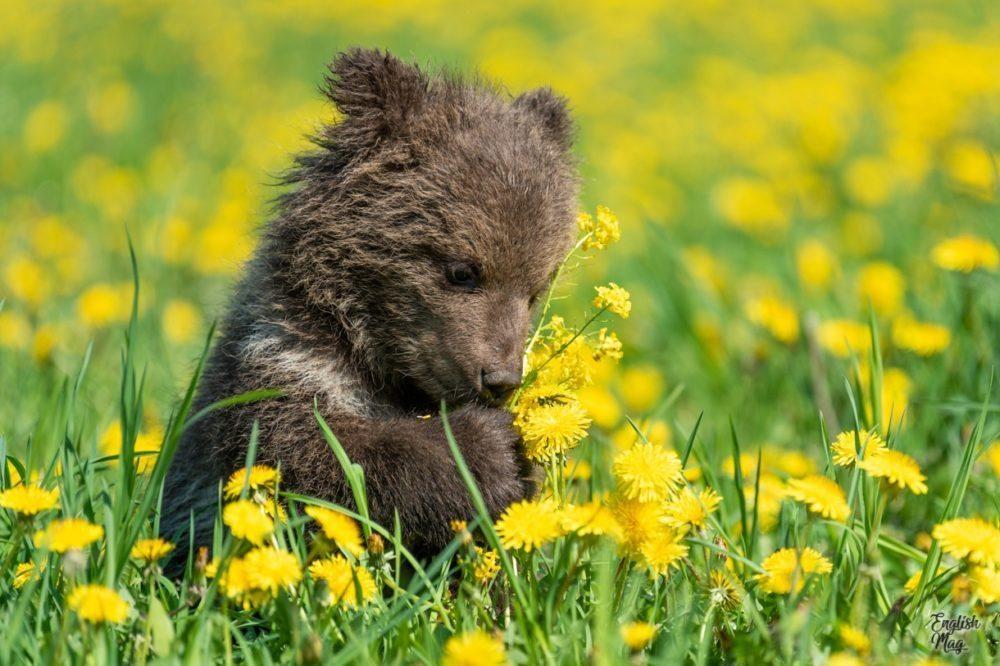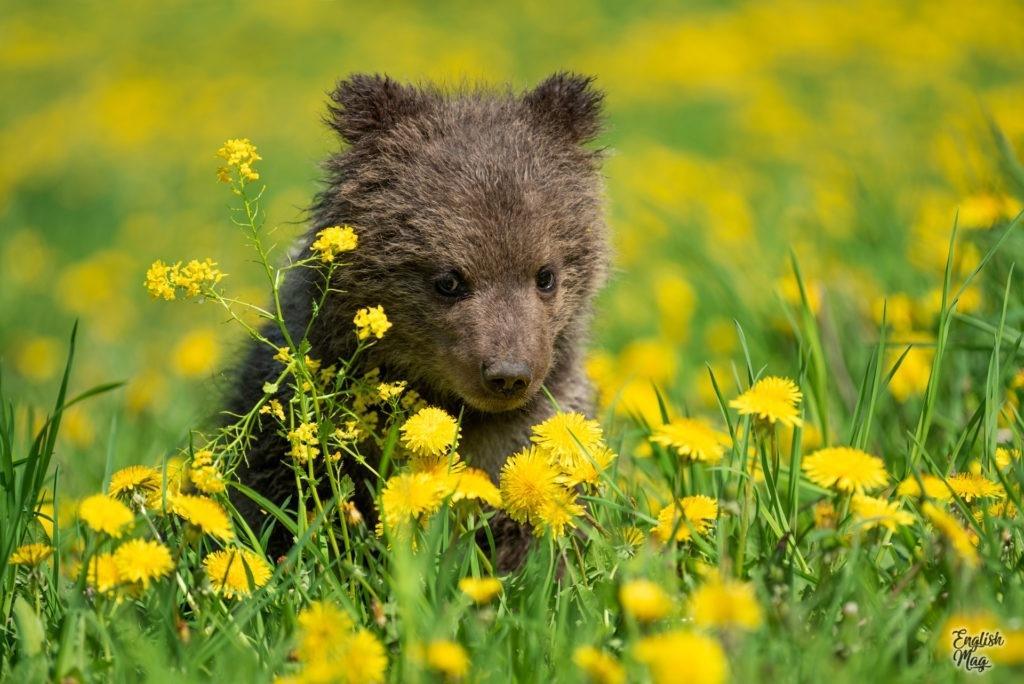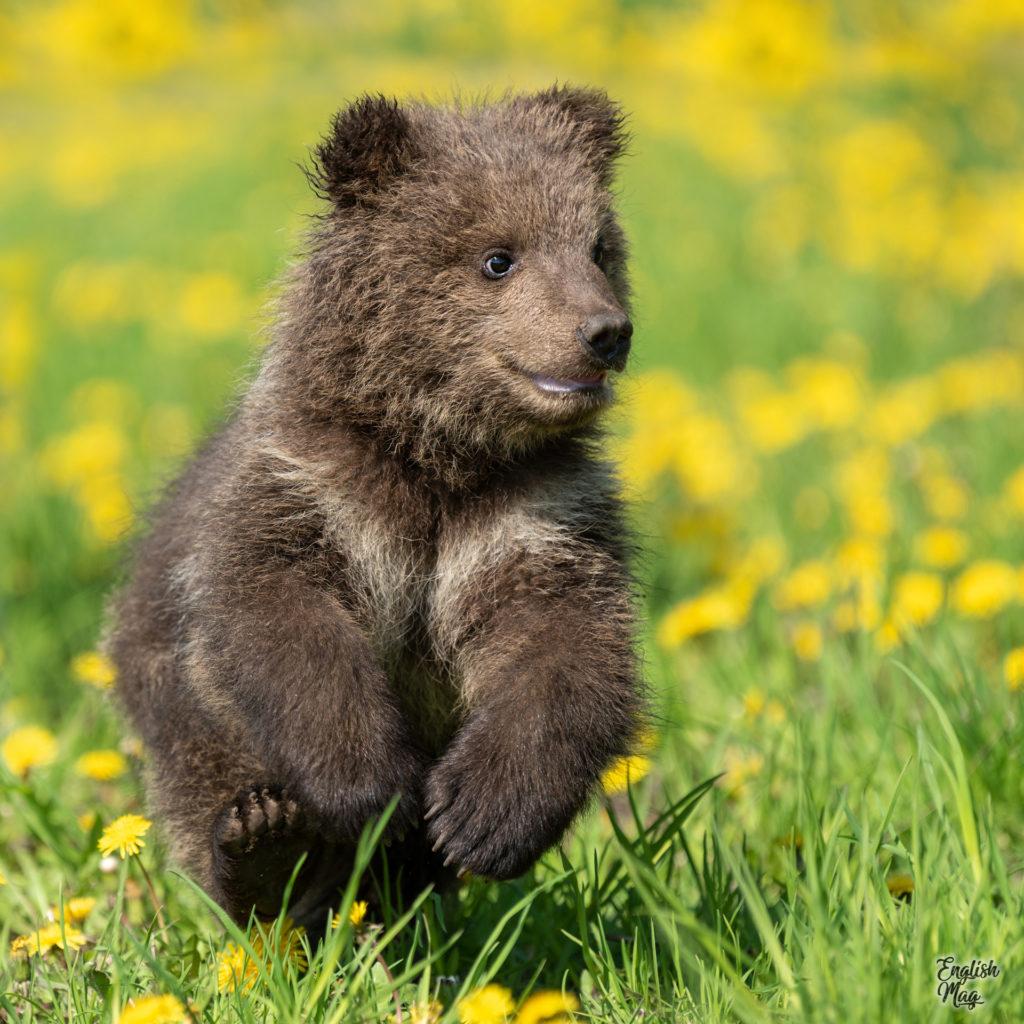Dandelion flower and what you know about it // Одуванчик и что вы знаете о нем
A dandelion (перевод: одуванчик), a flower with its scientific name Taraxacum, is native to Eurasia, and have been widely introduced to North and South America and other continents. They are an invasive species in some areas.[1] Two species, Taraxacum officinale and Taraxacum erythrospermum, are found as weeds worldwide.[2] All parts of both species are edible.[3]
Their sharp leaves look a bit like lion‘s teeth.[4] Its seeds are like little parachutes that fly away with the wind, spreading and growing more dandelions. They are used in China as medicine. Dandelion pollen can often make people have allergies.[5]
Like other members of the Asteraceae family, they have small flowers collected together into a composite flower head. Each single flower in a head is called a floret.
 Sources:
Sources:
- “dandelion: Taraxacum officinale (Asterales: Asteraceae): Invasive Plant Atlas of the United States”. www.invasiveplantatlas.org.
- Luc Brouillet. “Taraxacum F.H. Wiggers, Prim. Fl. Holsat. 56. 1780″. Flora of North America.
- “Wild About Dandelions”. Mother Earth News.
- “Dandy lion-taming in your lawn”. Archived from the original on 2010-03-12.
- “Immunocapinvitrosight.com”. Archived from the original on 2008-10-11.
Benefits to gardeners
Even though dandelions are invasive, they have benefits to gardeners
Dandelions can cause significant economic damage as an invasive species and infestation of other crops worldwide;[53] in some jurisdictions, the species T. officinale is listed as a noxious weed.
With a wide range of uses, the dandelion is cultivated in small gardens to massive farms. It is kept as a companion plant; its taproot brings up nutrients for shallow-rooting plants. It is also known to attract pollinating insects and release ethylene gas, which helps fruit to ripen.[wiki 55]
 History
History
Dandelions might have evolved about 30 million years ago in Eurasia.[1] Fossil seeds of Taraxacum tanaiticum have been recorded from the Pliocene of southern Russia.[2] People have been using them for food and as an herb for much of recorded history.[3] They were well known to ancient Egyptians, Greeks and Romans, and are used in traditional Chinese medicine for over a thousand years. The plant was used as food and medicine by Native Americans.[4] Dandelions were brought to North America on the Mayflower for their medicinal benefits.[5]
The links to check:
- “Gardening in Western Washington: Dandelions”. Gardening.wsu.edu. 4 May 2003. Archived from the originalon 26 June 2012. Retrieved 29 August 2012.
- ^ The Pliocene flora of Kholmech, southeastern Belarus and its correlation with other Pliocene floras of Europe by Felix Yu. VELICHKEVICH and Ewa ZASTAWNIAK – Acta Palaeobot. 43(2): 137–259, 2003
- ^ McGee, Harold (2004). “A survey of common vegetables”. On Food and Cooking: the science and lore of the kitchen. New York: Scribner. p. 320. ISBN 978-0-684-80001-1.
- ^ Clarke, Charlotte Bringle (1977). Edible and useful plants of California. Berkeley: University of California Press. p. 191. ISBN 978-0-520-03261-3.
- ^ Association, Maine Organic Farmers and Gardeners. “Dandelions”. www.mofga.org. Retrieved 17 April 2017.
Read more:


 Sources:
Sources: History
History